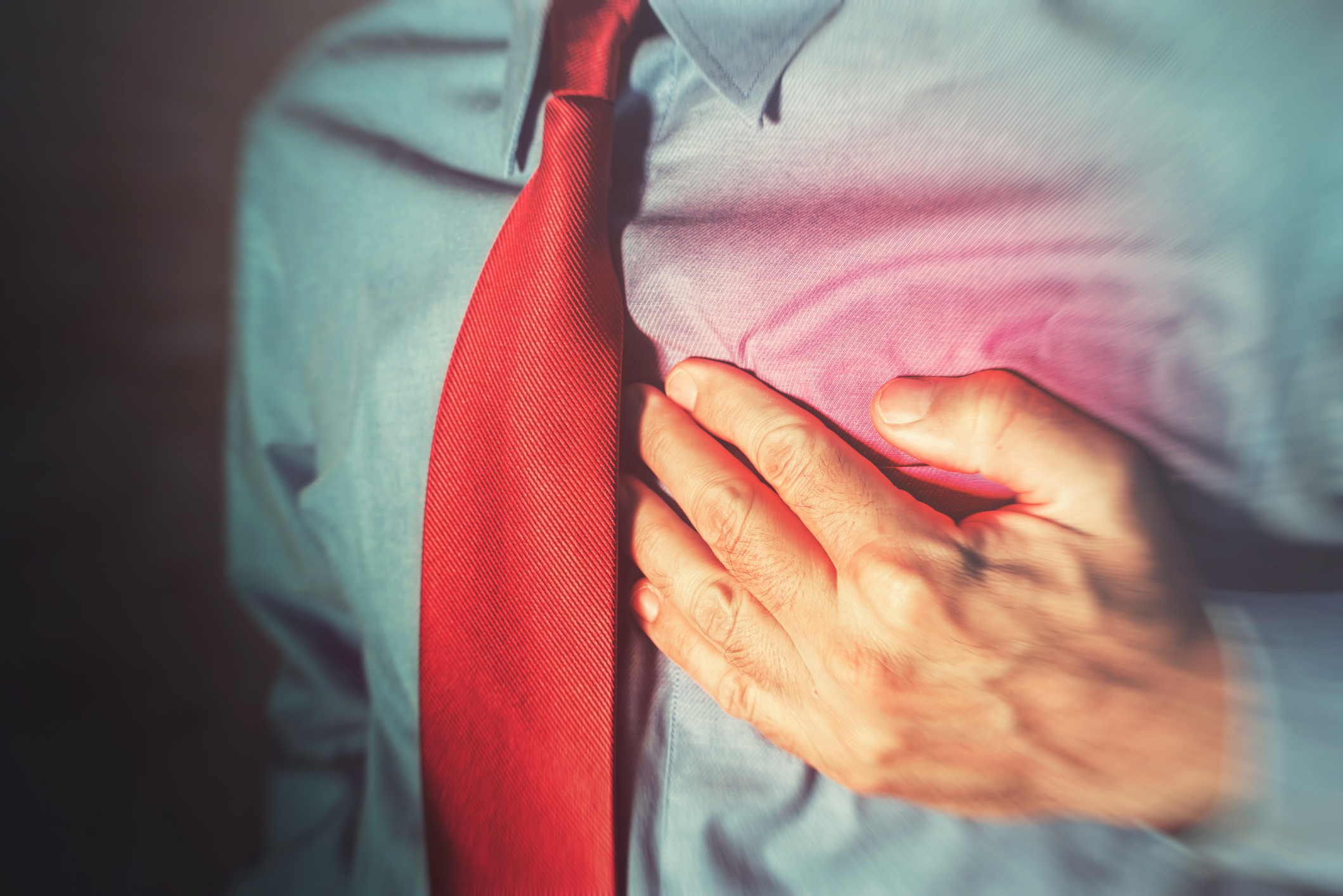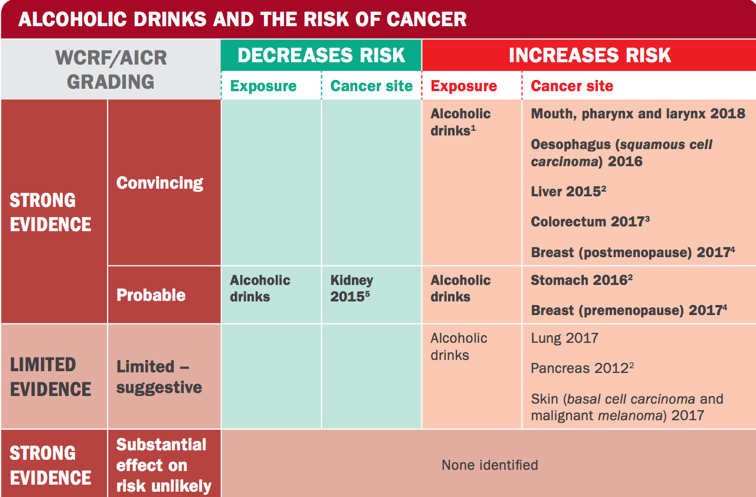With the arrival of summer and high temperatures comes the season of enjoying getting drinks outside, and although alcohol has no place in a healthy diet, this time of year encourages its consumption. Excesses can ruin your vacation and we must set limits.
The Fundación Española del Corazón (Spanish Heart Foundation) (FEC) has warned about the increase in alcohol consumption during the summer, especially among young people, as it can cause an acceleration of the heart rate, also known as “holiday heart syndrome”. This pathology was first diagnosed in 1978 and is related to excessive alcohol consumption on a given day, the consequences of which can be fatal.
Tania Mesa – Director of Neolife’s Nutrition and Nursing Unit
Alejandro Monzó- Neolife Nutrition and Nursing Unit
Excessive drinking during the summer can lead to heart problems.
Holiday heart syndrome is a supraventricular arrhythmia that generally occurs in the atria and usually affects healthy, young individuals with no history of arrhythmias. It was first observed during the holidays around Christmas or New Year’s, and has now also been diagnosed during long vacation periods, such as the summer months, the FEC noted (1).
Since then, palpitations, shortness of breath, dizziness or chest pain have been observed in people who consume more alcohol. In most cases symptoms go away on their own once all the alcohol consumed has been metabolized. When symptoms do not go away, it may be due to ongoing consumption or even a genetic tendency of that person to suffer some kind of cardiovascular event (1).
The Sociedad Española de Cardiología (Spanish Cardiology Society) (SEC) explains that alcohol acts like a toxin in our heart. So the intake of high amounts of this substance in a short period of time releases adrenaline and norepinephrine, two hormones that cause an acceleration of the heart rate. In some cases arrhythmia may result in atrial fibrillation or be indicative of some serious cardiovascular event, such as a infarction, so it is very important to consider this information this vacation season (1).

There has long been a great deal of controversy, as numerous scientific studies attribute various benefits to alcohol consumption, with such claims as “a glass of wine a day is healthy for your heart” (2). In light of such affirmations, this newsletter seeks to put an end to these myths we have always heard and raise awareness of the severity of consuming of alcohol on a regular basis, and now even more during vacation.
According to sources in the global report on alcohol and health conducted by the World Health Organization (WHO), Europe is the region of the world where the most diseases are caused by alcohol intake. One in five Europeans over the age of 15 have indicated excessive intake of alcohol (more than five drinks ingested on the same occasion or 60 grams of alcohol) at least once a week (3). This excessive intake occur at all ages throughout Europe, not just among young people. In terms of data and figures, the WHO report has published the negative effects of alcohol consumption globally:
- Every year 3 million deaths occur worldwide due to the harmful consumption of alcohol, representing 5.3% percent of all deaths.
- The harmful use of alcohol is a causal factor in more than 200 diseases and disorders.
- Overall, 5.1% of the global burden of disease and injury is attributable to alcohol consumption.
- Alcohol consumption causes death and disability at a relatively young age. In the 20-39 year old age group, 13.5% of deaths are attributable to alcohol consumption.
- There is a causal link between harmful consumption of alcohol and a number of mental and behavioral disorders, in addition to noncommunicable diseases and trauma.
- Recently, causal relationships have been identified between harmful consumption and the incidence of infectious diseases such as tuberculosis and HIV/AIDS.
- In addition to health consequences, the harmful consumption of alcohol causes significant social and economic losses, both for individuals and society as a whole.
Excessive alcohol consumption is defined as more than three drinks on any given day or more than seven drinks a week for women and men over 65, and more than four drinks on any given day or more than fourteen drinks a week for men 65 years old or younger. Therefore, excessive alcohol consumption has shown to potentially increase the risk of having serious health problems, including (4):
- Different types of cancer.
- Pancreatitis.
- Sudden death, if you already have heart disease.
- Damage to the heart muscle that leads to heart failure.
- Stroke.
- High blood pressure.
- Liver disease.
- Suicide.
- Serious injury or accidental death.
Moreover, major studies have shown the relationship between the risk of cancer and alcohol consumption. In 2018, the World Cancer Research Fund (WCRF) presented a report that brought together scientific evidence on the consumption of alcohol (table 1). There is a causal relationship between alcohol consumption and increased risk of cancer of the mouth, larynx, pharynx, esophagus, colorectal, liver and breast (5). The report also showed that only one or two alcohol drinks a day (i.e. about 30 grams or more of alcohol per day) increases the risk of this type of cancers. Therefore, it is important not to overdo it now during vacation.

As for the nutritional value of alcoholic beverages, their primary content is water, pure alcohol (ethanol) and varying amounts of sugar, while the proportions of proteins, vitamins or minerals are insignificant or null. Therefore, all possible caloric intake comes from sugars and alcohol itself. A number of studies have described the existence of the complex relationships between regular alcohol intake and nutritional condition (6). When consumed in excess, alcohol can seriously interfere with the drinker’s nutritional condition, either by altering the ingestion of the food, its absorption or the body’s use of nutrients.
In short, there are many reasons why alcohol consumption increases in the summer, and almost all have a social component. In the summer, the body loses more water than at other times of the year through sweat and urine. Alcohol encourages the loss of body water needed for alcohol neutralization, which, together with the reduced natural hydration typical of high temperatures, increases the risk of dehydration. This can encourage heatstroke and jeopardize our health (7).
At Neolife, we’re sending you the message that alcohol consumption is not recommended in ANY amount. There are many risks associated with its consumption, and if you don’t like to drink or have never done so, don’t start now. If you do enjoy it, don’t forget the information we’ve just presented to you and always consume in moderation and do so responsibly. Finally, to enjoy the holidays in good health, here are some recommendations to reduce your intake of alcohol while still drinking:
- Opt for smaller beverage sizes. Whenever you can, dilute them with water, sparkling water or ice.
- Drink slowly, savoring the drink.
- Alternate alcoholic beverages with other non-alcoholic beverages such as tomato juice or fruit-flavored water.
- Try to stay away from drinking completely several days a week.
- Keep alternative beverages such as sparkling water or different fruit-flavored beverages in your refrigerator to avoid resorting to alcoholic beverages.
- Purchase non-alcoholic beer or non-alcoholic wine.
- Be aware of what and how much you’re drinking.
- Be careful in restaurants and bars where it is easier to ingest larger amounts of alcohol than at home.
BIBLIOGRAPHY
(1) (2019). “El abuso del alcohol en verano, causante del síndrome del corazón en vacaciones”. Fundación Española del Corazón. URL: https://fundaciondelcorazon.com/prensa/notas-de-prensa/2673-abuso-del-alcohol-en-verano-causante-del-sindrome-del-corazon-en-vacaciones.html
(2) (2016). “Las bebidas alcohólicas en una dieta saludable… ¿son buenas o malas?”. URL: https://www.nutricion.org/noticias/noticia.asp?id=113
(3) (2018). “Global status report on alcohol and health 2018”. World Health Organization. URL: https://www.who.int/substance_abuse/publications/global_alcohol_report/en/
(4) Mayo Clinic. (2018). “Alcohol: weighing risk and potential benefits”. URL: https://www.mayoclinic.org/healthy-lifestyle/nutrition-and-healthy-eating/in-depth/alcohol/art-20044551
(5) (2018). “Alcoholic drinks and the risk of cancer”. World Cancer Research Found. URL: https://www.wcrf.org/sites/default/files/alcoholic-drinks.pdf
(6) Moreno, O.R. & Cortés, J.R. (2008). “Nutrición y alcoholismo crónico”. Nutrición Hospitalaria. URL: https://scielo.isciii.es/pdf/nh/v23s2/original1.pdf
(7) Rubio, H.J. (2017). “Ola de calor + alcohol = las peores resacas del año”. Verne. Diario El País. URL: https://verne.elpais.com/verne/2017/06/16/articulo/1497598529_176483.html
